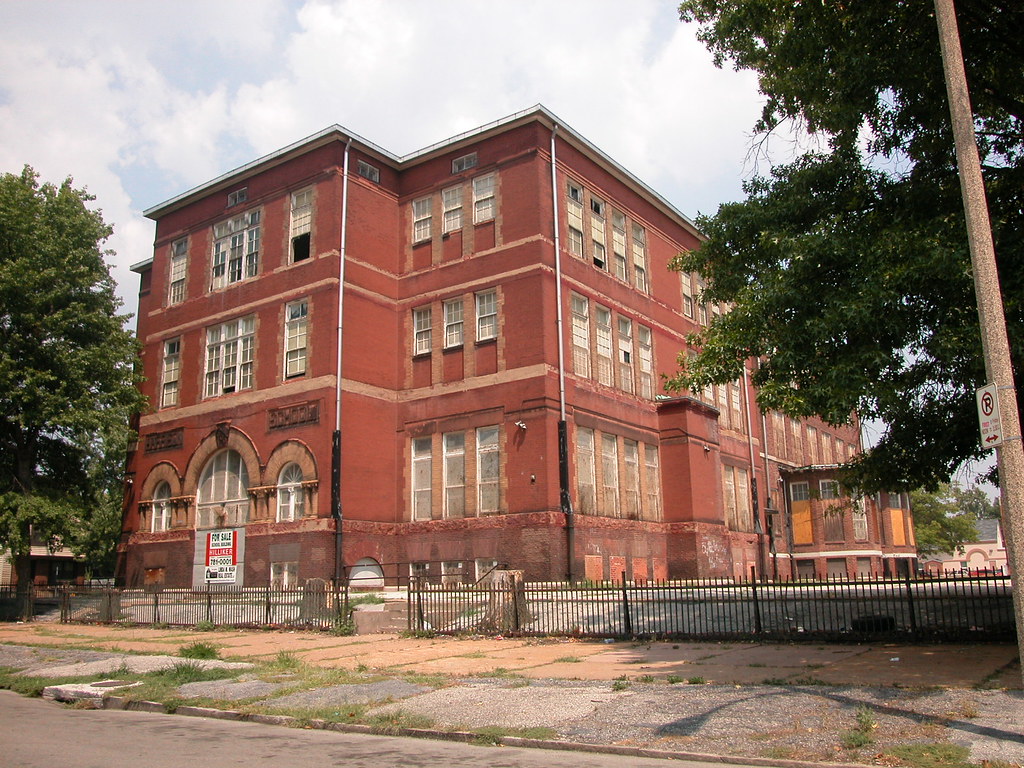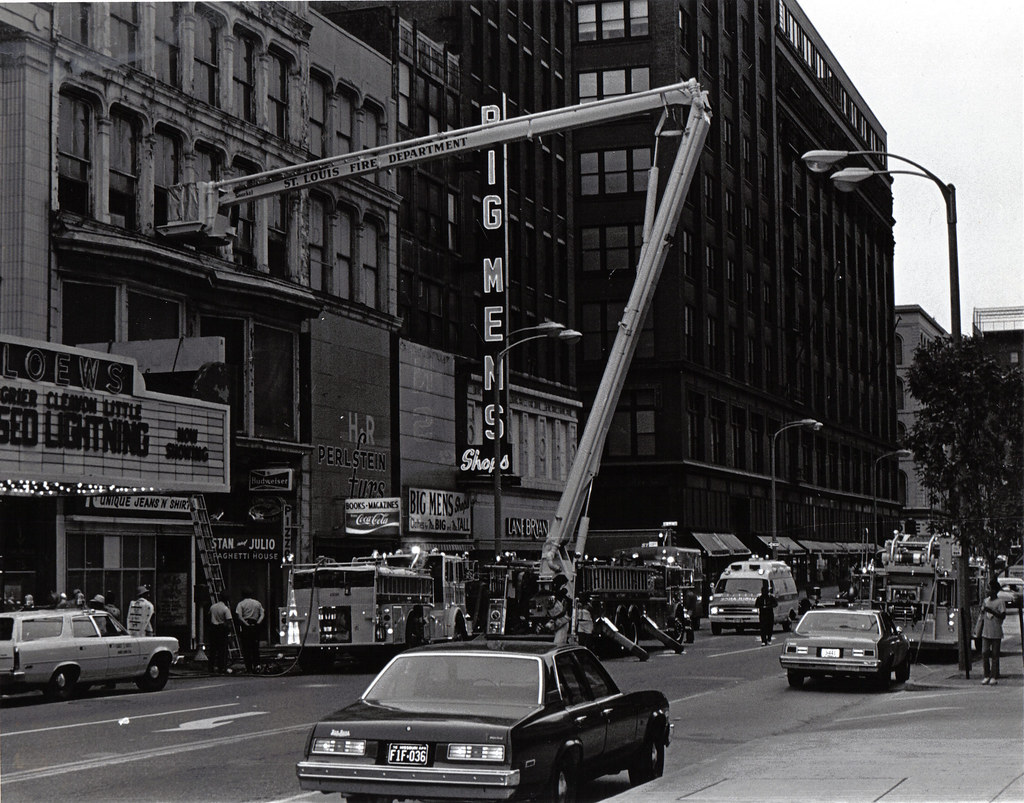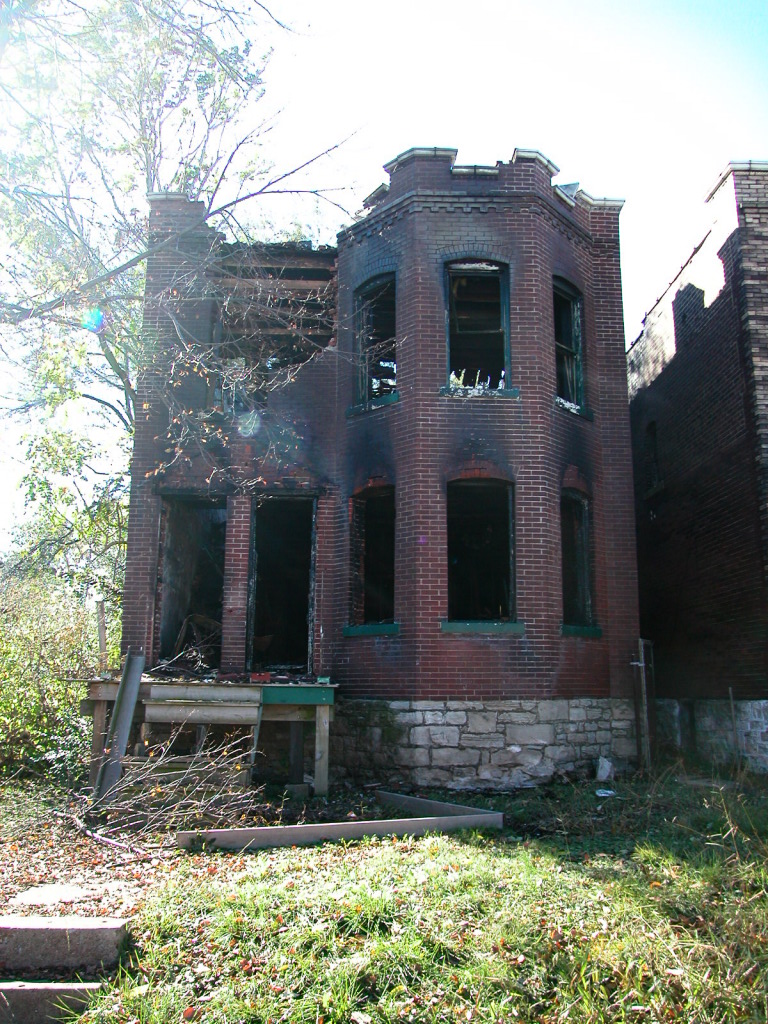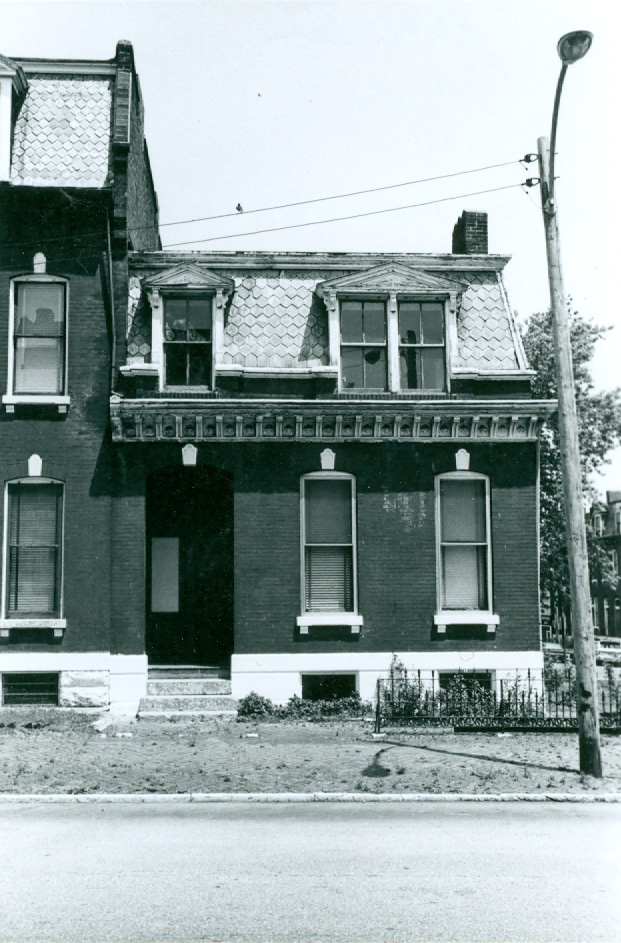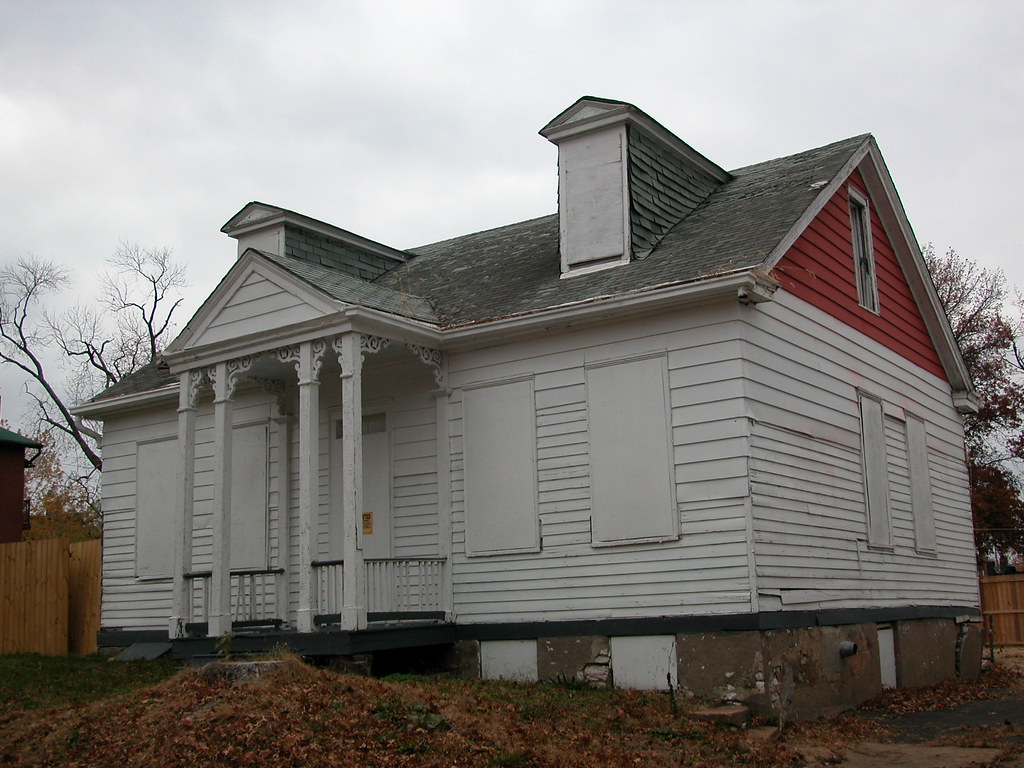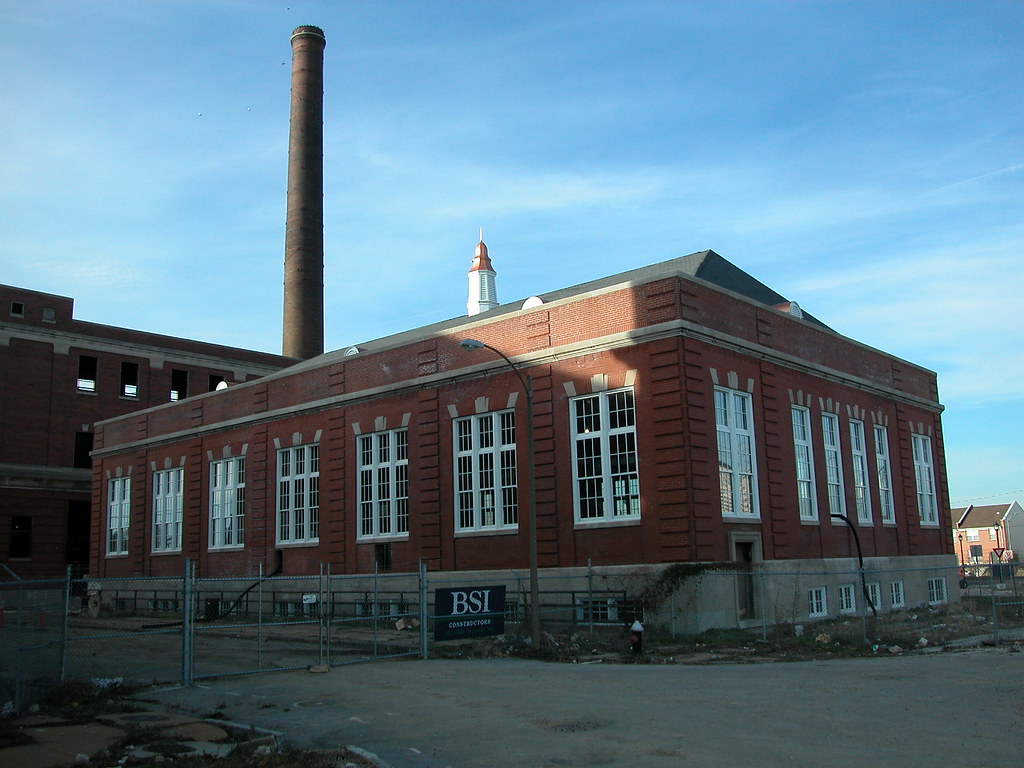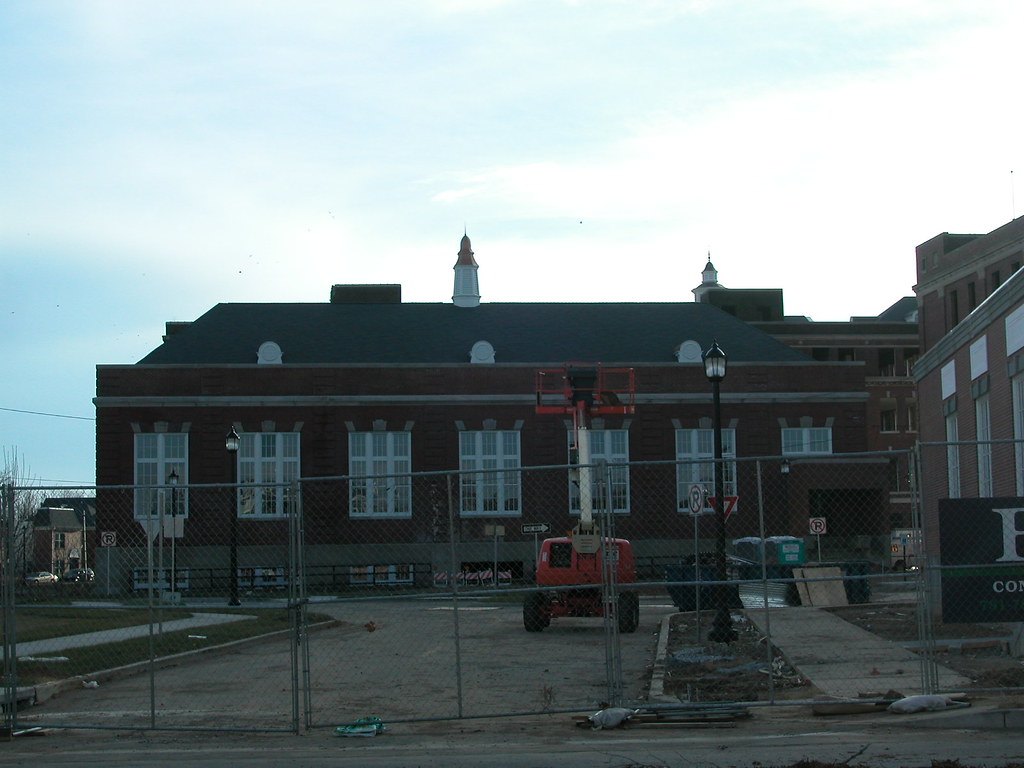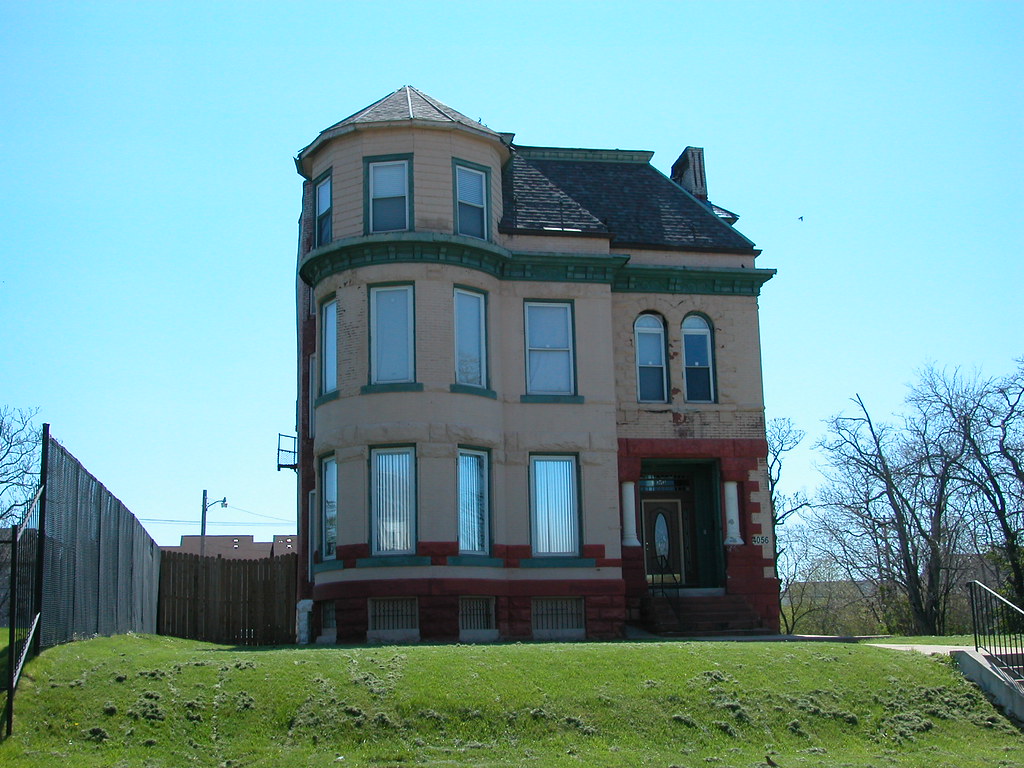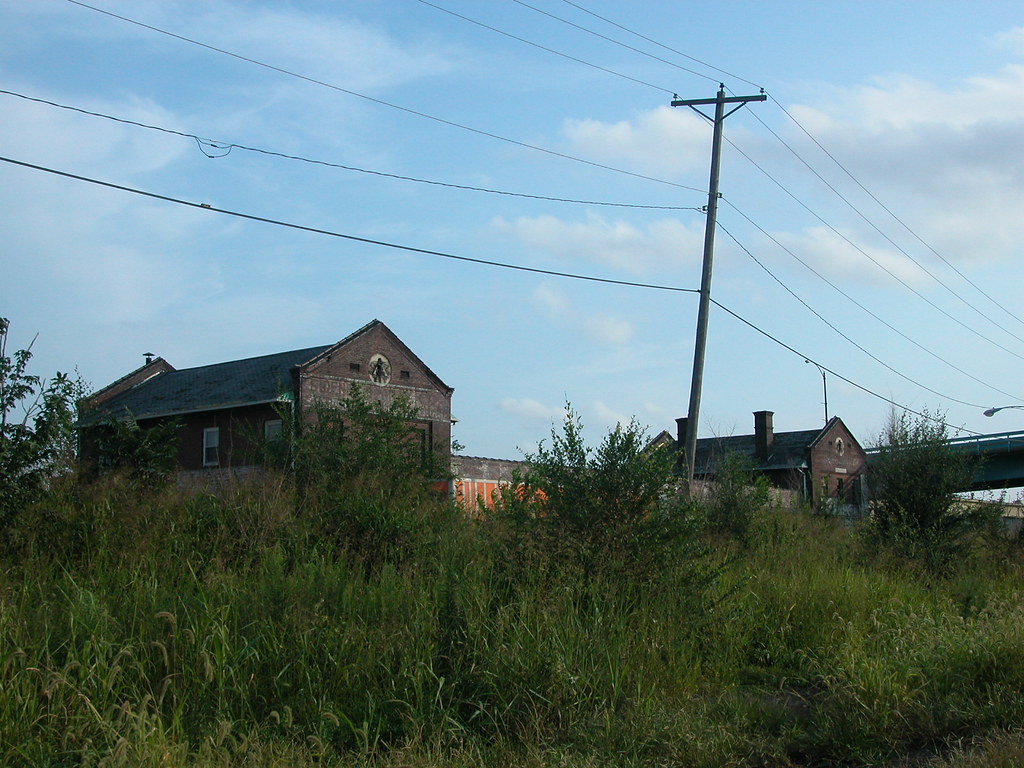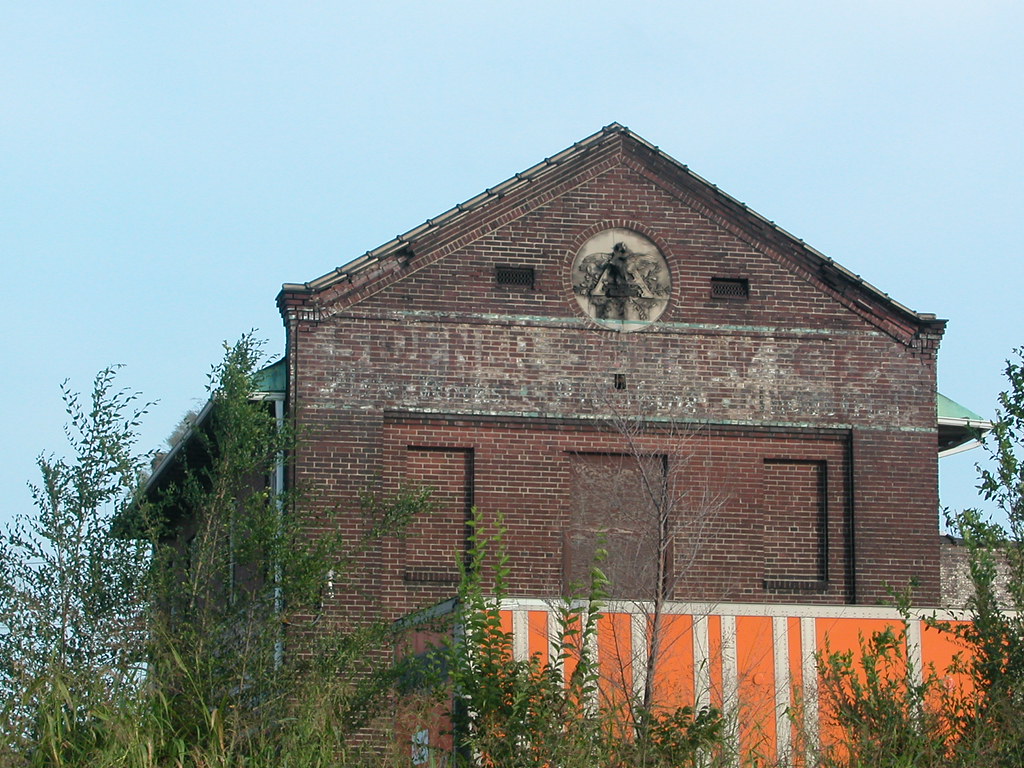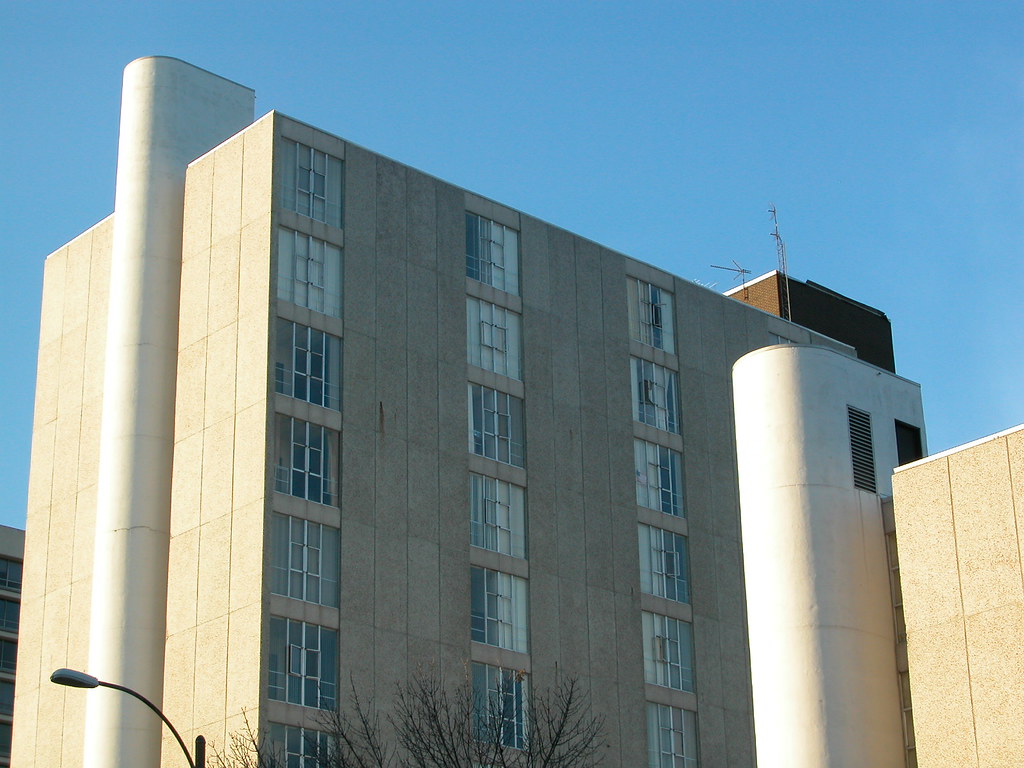 Those who use Natural Bridge Road know that St. Louis has an Egyptian temple, adorned with obelisks, cartouche-style medallions and pagan female figures in relief. Standing out even among the showy architecture of north St. Louis -- Central High School stands immediately across the street, after all -- the temple at the southwest corner of Natural Bridge and Garrison avenues in Lindell Park never fails to catch the eye of those who pass by.
Those who use Natural Bridge Road know that St. Louis has an Egyptian temple, adorned with obelisks, cartouche-style medallions and pagan female figures in relief. Standing out even among the showy architecture of north St. Louis -- Central High School stands immediately across the street, after all -- the temple at the southwest corner of Natural Bridge and Garrison avenues in Lindell Park never fails to catch the eye of those who pass by. 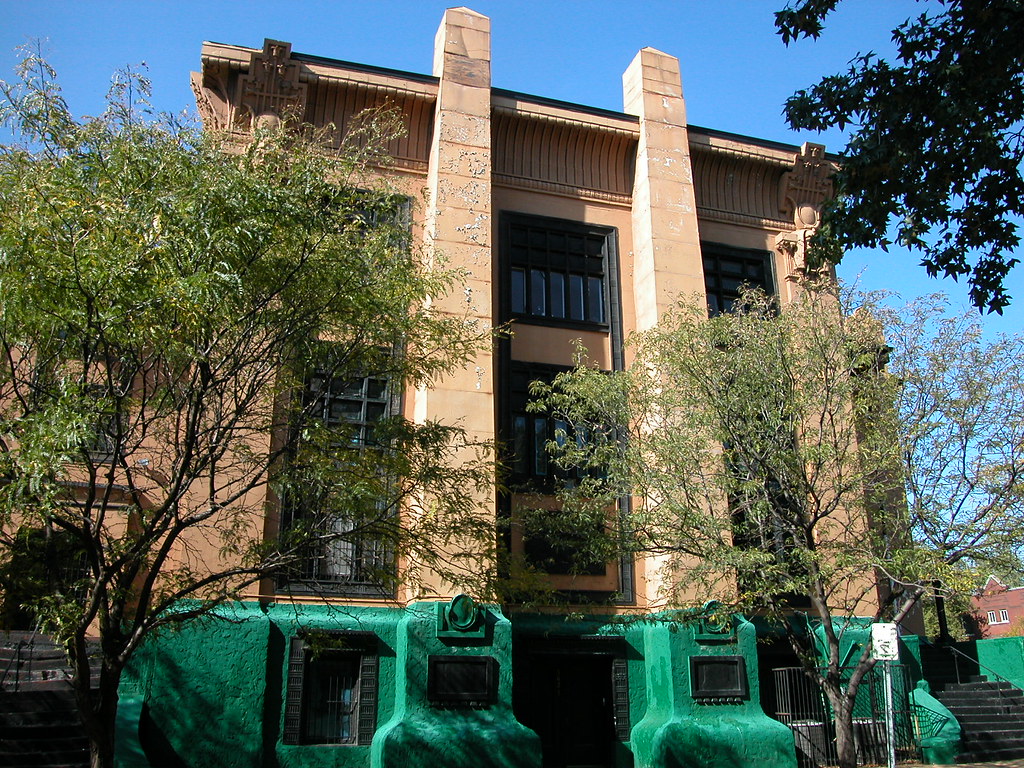 Now used as the Muhammad Islam Academy, the building at 3625 N. Garrison Avenue has housed many different churches, including the Martin's Temple Church of God in Christ. However, the builder and original occupant was not a religious order but a fraternal one: the Mt. Moriah Temple Association, an order of Masons. In 1913, the Association hired Charles Brunk, a contractor and Republican politician, to build a large and exotic Mt. Moriah Temple . Whether or not Brunck himself designed the building is questionable, since he has no comparable work to his credit and a building permit record for the Mt. Moriah Temple does not exist. The temple shows a deft and creative hand, with a stylistic program that is heavily influenced by the Viennese Secessionist movement as well as works of Egyptian antiquity.
Now used as the Muhammad Islam Academy, the building at 3625 N. Garrison Avenue has housed many different churches, including the Martin's Temple Church of God in Christ. However, the builder and original occupant was not a religious order but a fraternal one: the Mt. Moriah Temple Association, an order of Masons. In 1913, the Association hired Charles Brunk, a contractor and Republican politician, to build a large and exotic Mt. Moriah Temple . Whether or not Brunck himself designed the building is questionable, since he has no comparable work to his credit and a building permit record for the Mt. Moriah Temple does not exist. The temple shows a deft and creative hand, with a stylistic program that is heavily influenced by the Viennese Secessionist movement as well as works of Egyptian antiquity.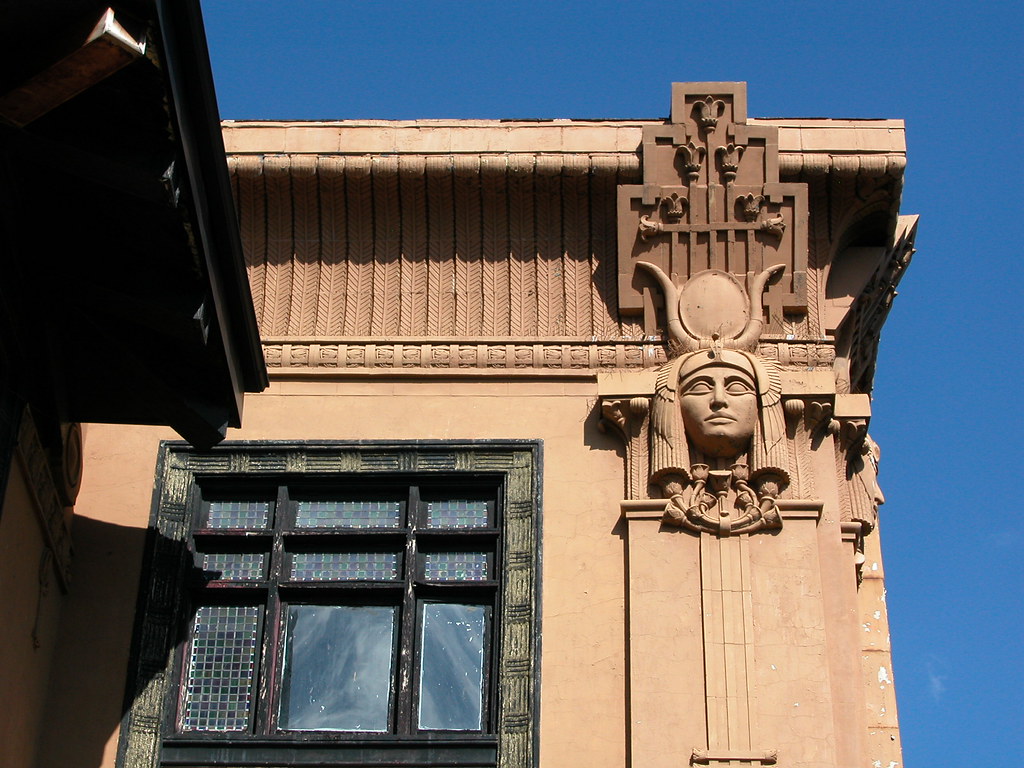 | 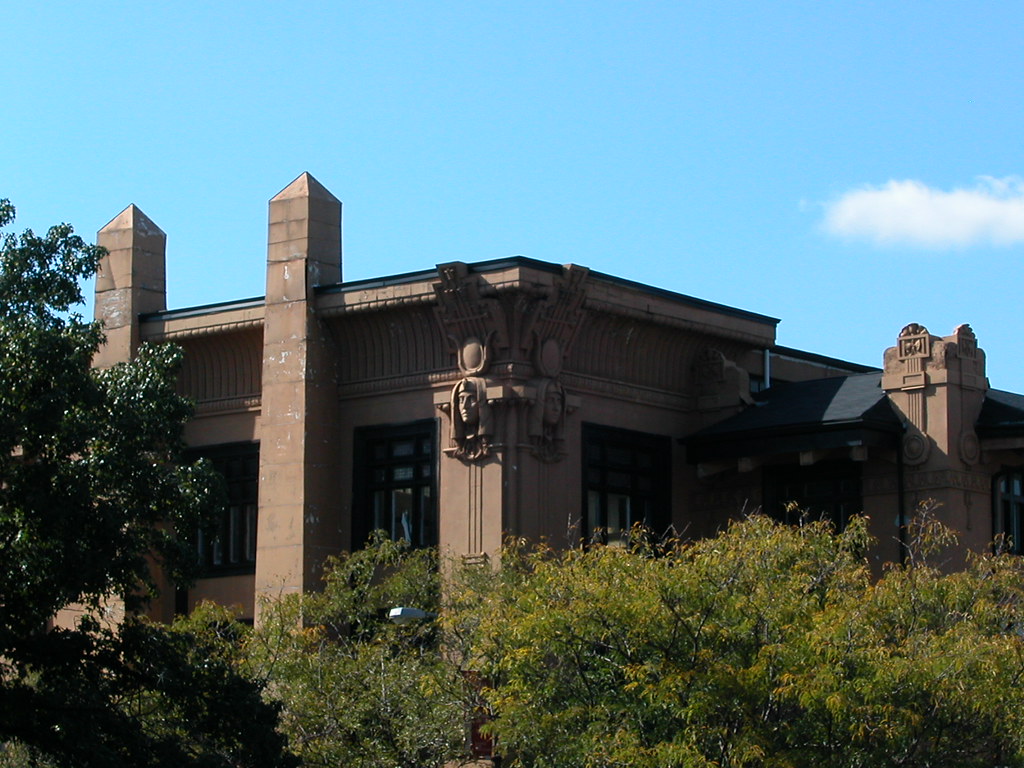 |
What is not questionable is that the Mt. Moriah Temple is one of the great eclectic treasures of the city. Application of Egyptian elements in American architecture grew in the early twentieth century with the rise of Art Nouveau, Secessionist and other avant-garde influences, which coincided with American archaeological interest in ancient Egypt. However, such overt Egyptian inspiration as found in the Mt. Moriah Temple design is rare in St. Louis.

